When it comes to health and fitness goals, the scale is often considered the ultimate indicator of success. But relying solely on the number on the scale to measure progress can lead to unnecessary stress and an unhealthy relationship with your body. Weight fluctuates due to many factors, and it doesn’t always reflect the improvements you’re making in terms of strength, fitness, or overall well-being. Fortunately, there are several other ways to track your progress that don’t involve stepping on the scale.
Here’s how to track your progress effectively without obsessing over the number on the scale:
1. Focus on How You Feel
One of the most important indicators of progress is how you feel physically and emotionally. Are you feeling more energized throughout the day? Are you noticing improvements in your mood, sleep, or mental clarity? These intangible factors are a clear sign that your efforts are paying off, even if the scale doesn’t budge.
Make it a habit to check in with yourself regularly. Track how your body feels after workouts and body transformation—whether you’re recovering quicker or feeling less sore. Pay attention to your energy levels and your overall outlook on life. These changes often happen long before any noticeable weight loss occurs and can provide a more sustainable sense of progress.
2. Monitor Your Strength and Fitness Gains
One of the most rewarding aspects of a fitness journey is seeing your strength and endurance improve over time. Whether you’re lifting heavier weights, running longer distances, or mastering new yoga poses, these milestones are proof of your hard work.

You don’t need to rely on the scale to see improvements in your fitness. Instead, track your performance with a workout journal or a fitness app. Record your workouts, noting the weights you’re lifting, the number of reps or sets you’re completing, or the time it takes you to run a certain distance. As you progress, you’ll notice that you’re pushing yourself harder and achieving more than you did when you first started.
3. Track Your Measurements
While the scale only shows a single number, body measurements can provide a more complete picture of your progress. Taking measurements of your waist, hips, thighs, arms, and chest can reveal changes in your body composition, even when the scale doesn’t change much. These measurements are key indicators of your overall body transformation, helping you track improvements beyond just weight.
Keep in mind that muscle weighs more than fat, so as you build muscle and lose fat, the scale may stay the same, but your body could be transforming. Use a soft measuring tape to take your measurements every 4-6 weeks and record the results. This can help you see changes in areas like your waistline or thighs, which might not show up on the scale right away.
4. Take Progress Photos
Sometimes, the changes in your body are more visible than the scale lets on. Taking progress photos can be an incredibly powerful tool for tracking your transformation. By comparing photos taken at regular intervals—such as weekly or monthly—you can see subtle changes that may not be as noticeable day-to-day.
When taking progress photos, try to use the same lighting, pose, and time of day to ensure consistency. These visual reminders can keep you motivated and provide an objective way to track your progress, even when the scale seems stubbornly stuck.
5. Listen to Your Clothes
One of the easiest ways to gauge progress is by paying attention to how your clothes fit. If your pants are looser, your shirt fits differently, or you notice you’re pulling up your waistband more often, it’s a sign that your body is changing.

Rather than focusing on whether you’ve lost pounds, track how your clothes feel over time. Keep a favorite pair of jeans or a dress that you can use as a baseline. When it becomes easier to wear them, or you can see that they’re fitting better, you’ll know you’re making progress.
6. Set Non-Scale Goals
One of the best ways to stay motivated is by setting non-scale goals. These are goals that focus on performance, habits, and lifestyle rather than a specific weight. For example, you might aim to walk 10,000 steps a day, drink more water, or reduce stress through meditation.
Non-scale goals help you stay focused on the bigger picture of health and well-being, rather than just the number on the scale. They can give you a sense of accomplishment and pride as you achieve them, regardless of what the scale says. These types of goals also promote a healthier, more balanced approach to fitness, which can lead to long-term success.
7. Celebrate Non-Physical Achievements
Your fitness journey is about so much more than physical changes. Celebrate other achievements like improved mental clarity, better sleep, or even an increase in your self-esteem. These milestones are just as valuable as weight loss, and they contribute to your overall sense of well-being.
Take a moment to recognize when you’ve hit milestones such as running your first 5k, cooking healthier meals, or prioritizing self-care. These are the moments that help keep you motivated and give you a deeper sense of fulfillment than simply seeing a lower number on the scale.
Conclusion
Tracking progress is essential for staying motivated, but it’s important to remember that the scale doesn’t tell the full story. By focusing on how you feel, tracking your fitness progress, taking measurements, celebrating non-physical milestones, and listening to your body, you’ll have a much more holistic and healthy approach to measuring your journey.
Remember, true progress is about making consistent, sustainable changes to improve your overall health and well-being—not just about what the scale says. Embrace the journey, and celebrate the victories that go far beyond the numbers.


